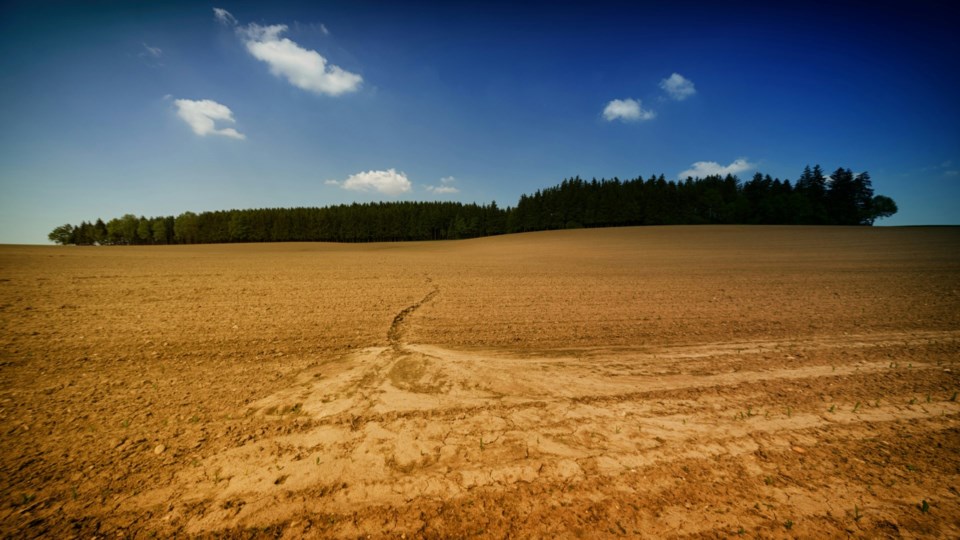SHAUNAVON — Saskatchewan is leading the nation in farmland values. According to a recent Farm Credit Canada report, Saskatchewan has experienced the highest increase in the last six months, with a 7.4 per cent rise.
In addition, the report shows that crop values rose by almost 16 per cent on Saskatchewan's farmland values over the past year, with a 15.7 per cent increase being the biggest upward change in the country. Pasture land also jumped by 12.7 per cent.
Although a slowdown occurred by the end of 2023, land prices continued to increase into the first half of 2024, reaching an all-time high. The value of cultivated farmland in Saskatchewan had levelled off at a 12 per cent rise from July 2023 to June 2024, compared to a Canadian national average of 9.6 per cent.
This close to 10 per cent Canadian increase and significant spike in Saskatchewan can be attributed to a variety of factors.
“The central and northern areas are seeing double-digit increase due to good moisture” stated Amber Tuplin, Senior Appraiser of Farm Credit Canada in Swift Current.
"While the south is doing very well, the crops in the southwest have been hit-and-miss with moisture, causing the yield to be there in quality but not quantity."
Tuplin pointed to three main reasons for increased land values. "Supply and demand" is the biggest factor for the increase, followed by lowering interest rates and land profitability.
The low interest rates have resulted in more buyers being willing to purchase land, thus driving up the value and limited availability in the current market.
"In buying up land, producers are being strategic, buying up blocks of land for efficiency, and purchasing premium land to pull yields off of," Tuplin commented.
While the cost of borrowing money to buy land has decreased by about one per cent, it has only caused prices to go upward even further, especially in this province.
Even the southwest part of the province — plagued by drought for years — saw a 14 per cent increase in value per acre of farmland and buildings, to almost $2,500 per acre, a significant long-term increase.
According to a StatsCan report from 2019-2023, there was an average increase across Canada from $3,359 to $4,951, with a five-year Saskatchewan increase from $1,460 to $2,384. The 10-year average in Saskatchewan increased even more dramatically from $872 to its current average value ($2,384).
Meanwhile, there remain some other significant challenges for producers. Not the least of those issues are the high input costs and the profit-margin squeeze.
Inevitably, all of these factors can make it more difficult for some young farmers to get a foothold into the business, as older, more established producers are looking to sell and to buy and reap the rewards of the higher prices. This competition against well-established farms and large farmland owners can make it easier for those already established to purchase more.
"It comes down to who is buying large packages and the changes on the way to capital gains tax," explained Tuplin, "and succession planning - are you wanting to leave a legacy?"
Whether it's farm values, family business changes, or cost increases, expect major changes to grow in Saskatchewan in the coming years.




